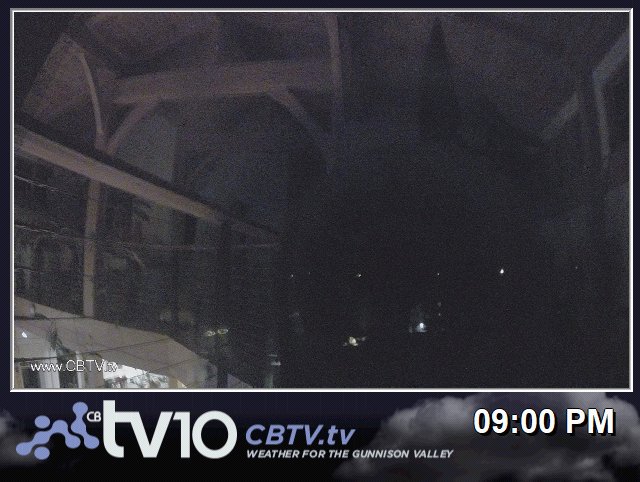Crested Butte, Colorado Weather Cams
Crested Butte Resort Base Area
Paradise Warming House
(Located at the bottom of Paradise Express Lift.)
Umbrella Bar at Ten Peaks
(Located at the top of Painter Boy, Gold Link and Prospect Lifts.)
Pow Cam Crested Butte Resort Snow Stake
Crested Butte Official Snow Stake
Elk Avenue, Crested Butte CO
Crested Butte, CO Snow Stake
Whetstone Mountain, Crested Butte, CO

Gothic Mountain Cam
Upper East River Valley Cam
Chopwood Mercantile (Elk Ave)
Road Conditions









Crested Butte Ski Resort: From Mining Town to Extreme Skiing Destination
Crested Butte, Colorado Weather Cams. Nestled in Gunnison County, Colorado, Crested Butte Ski Resort has evolved from a rugged mining town into one of the most renowned ski destinations in the Rocky Mountains. Known for its steep terrain, deep powder, and vibrant local culture, the resort has played a significant role in shaping Colorado’s ski industry. The surrounding area, including the town of Crested Butte, has a rich history tied to coal mining, railroad expansion, and outdoor recreation.
Early History: Mining and Settlement
Before Crested Butte became a ski resort, the area was home to Ute tribes, who used the Elk Mountains for seasonal hunting and gathering. European settlers arrived in the 1860s, drawn by the promise of gold and silver mining.
The town of Crested Butte was officially founded in 1878 as a supply center for nearby mining operations. While silver mining was initially dominant, the discovery of high-quality coal in 1880 transformed Crested Butte into a coal town. The Denver & Rio Grande Railroad reached the town in 1881, facilitating the transport of coal to industrial centers.
The Decline of Mining and the Birth of a Ski Town
By the 1950s, coal mining had declined, and Crested Butte faced economic hardship. Many residents left, and the town was on the verge of becoming a ghost town. However, local visionaries saw potential in the area’s mountain terrain and snowfall, leading to the development of a ski resort.
In 1960, Fred Rice and Dick Eflin purchased land on Mount Crested Butte and secured a permit from the U.S. Forest Service to build a ski resort. Crested Butte Mountain Resort officially opened in 1961, featuring a T-bar lift and a gondola.
Expansion and Growth
Throughout the 1970s and 1980s, Crested Butte expanded its ski terrain and infrastructure:
-
1973: The original gondola was replaced with a bubble double chairlift.
-
1982: The resort added beginner and intermediate terrain with new chairlifts.
-
1991: The High Lift T-Bar opened, providing access to expert terrain.
-
1997: The resort entered the high-speed lift market, improving skier access.
Crested Butte became known for its extreme skiing, attracting professional skiers and snowboarders. The resort’s North Face chutes and Headwall terrain gained legendary status.
The Surrounding Area: Gunnison and Outdoor Recreation
Crested Butte is located 28 miles north of Gunnison, a town founded in 1874 as a mining and railroad hub. Gunnison is home to Western Colorado University and serves as a gateway to Blue Mesa Reservoir and Black Canyon of the Gunnison National Park.
The region is also famous for mountain biking, with Crested Butte considered one of the birthplaces of the sport. The town hosts the annual Fat Tire Bike Week, celebrating its cycling heritage.
Modern Crested Butte: Sustainability and Tourism
In 2018, Crested Butte Mountain Resort was acquired by Vail Resorts, integrating it into the Epic Pass network. The resort has embraced sustainability initiatives, including renewable energy programs and waste reduction efforts.
Today, Crested Butte remains a beloved ski destination, balancing its historic charm with modern amenities. Whether visitors come for steep skiing, vibrant festivals, or breathtaking scenery, Crested Butte continues to be a cornerstone of Colorado’s mountain culture.
For more information, visit the Crested Butte Ski Resort official website.
